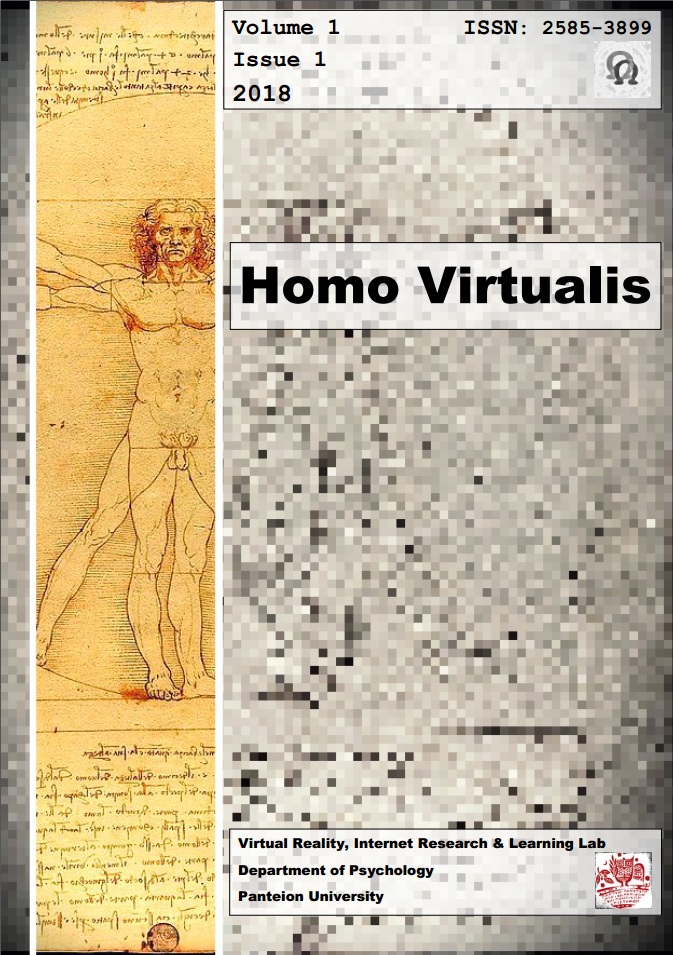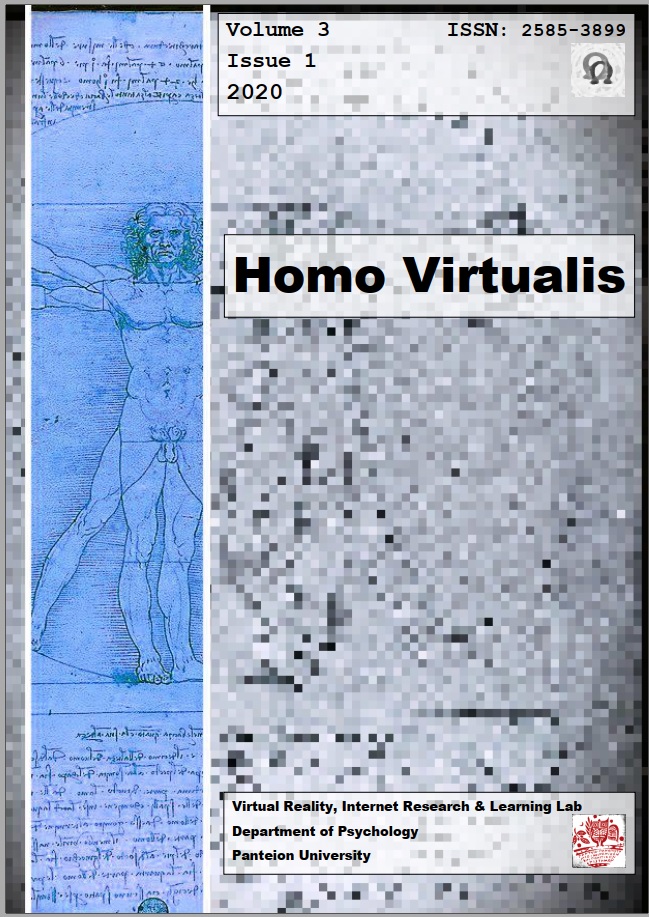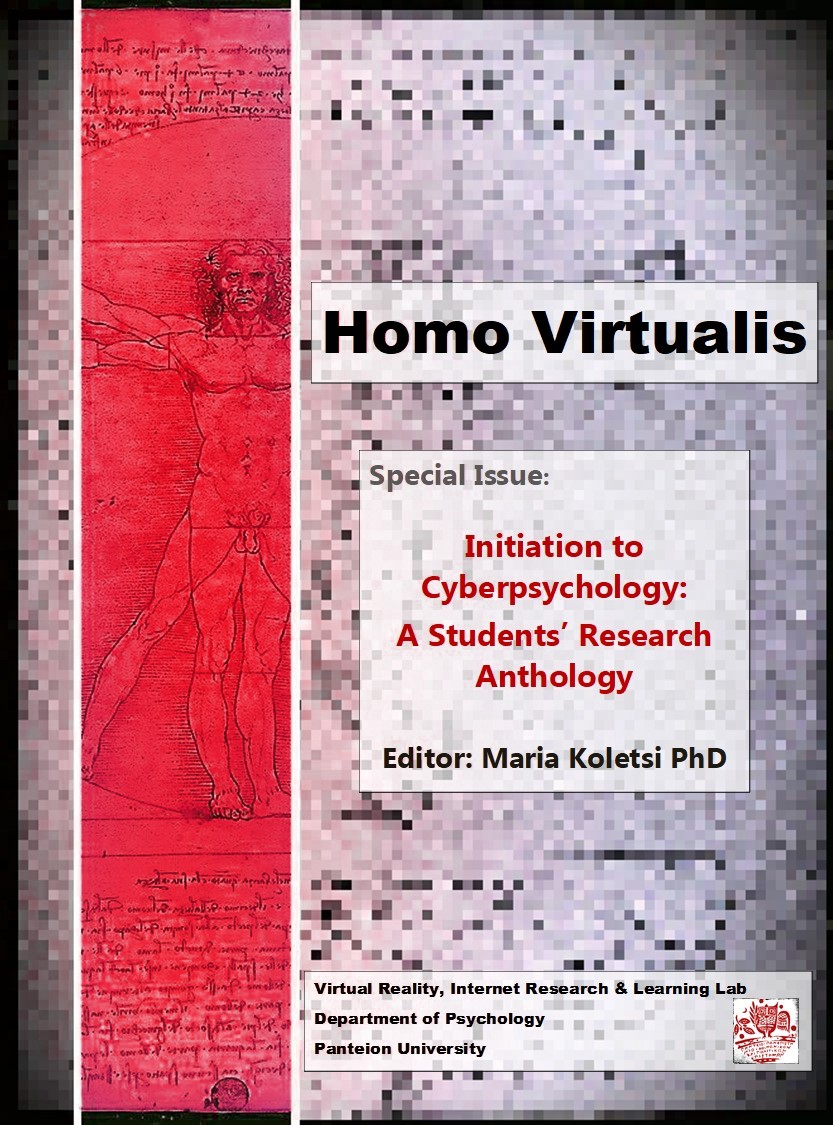Radical technologies: Blockchain as an organizational movement
Περίληψη
The emergence of blockchain technology has created a debate regarding technologies’ socio-cultural symbolism. Prevailing as alternative or complementary to internet technology, blockchain’s decentralized radical architecture reflects organizational change, enhancement of degrees of freedom, for individual identities and communities, new schemes of distributed trust and privacy, transformation of power relations and social reality perception. The current paper aims to contribute to the ongoing debate, from an organizational and socio-psychological perspective, discussing the key elements of a socially grounded technology, like any other technological product within the history of humanity. Through an evolutionary lens, blockchain technology is examined as a decentralized grassroots organizational movement at birth, influencing and, at the same time, be influenced, by science, culture, as well as by other aspects of individual and collective networked life, apart from the economy. Social sciences and cyber sciences are in a crossroad where society and technology integrate creating a mixed socio-technological or techno-social reality. Therefore, it is of high importance for them, to address the new epistemological challenges by developing new methodologies and tools, independently from any utopian or dystopian predictions.
Λεπτομέρειες άρθρου
- Πώς να δημιουργήσετε Αναφορές
-
Koletsi, M. (2019). Radical technologies: Blockchain as an organizational movement. Homo Virtualis, 2(1), 25–33. https://doi.org/10.12681/homvir.20191
- Ενότητα
- Ερευνητικές Εργασίες

Αυτή η εργασία είναι αδειοδοτημένη υπό το CC Αναφορά Δημιουργού 4.0.
Οι συγγραφείς των άρθρων που δημοσιεύονται στο περιοδικό διατηρούν τα δικαιώματα πνευματικής ιδιοκτησίας επί των άρθρων τους, δίνοντας στο περιοδικό το δικαίωμα της πρώτης δημοσίευσης.
Άρθρα που δημοσιεύονται στο περιοδικό διατίθενται με άδεια Creative Commons 4.0 και σύμφωνα με την άδεια μπορούν να χρησιμοποιούνται ελεύθερα, με αναφορά στο/στη συγγραφέα και στην πρώτη δημοσίευση για μη κερδοσκοπικούς σκοπούς.
Οι συγγραφείς μπορούν να καταθέσουν το άρθρο σε ιδρυματικό ή άλλο αποθετήριο ή/και να το δημοσιεύσουν σε άλλη έκδοση, με υποχρεωτική την αναφορά πρώτης δημοσίευσης στο περιοδικό
Οι συγγραφείς ενθαρρύνονται να καταθέσουν σε αποθετήριο ή να δημοσιεύσουν την εργασία τους στο διαδίκτυο πριν ή κατά τη διαδικασία υποβολής και αξιολόγησής της.






